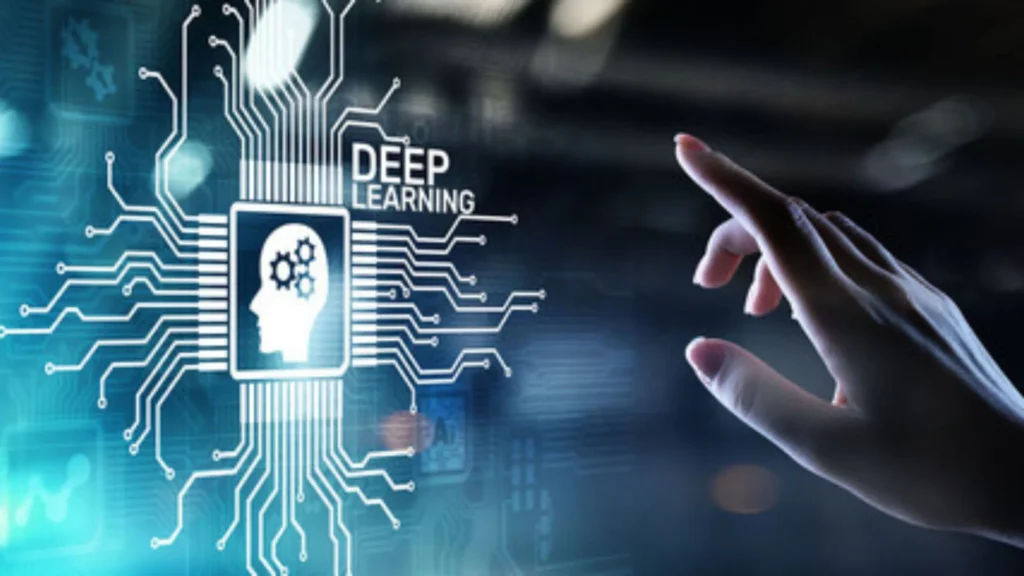In the realm of artificial intelligence, Deep Learning stands as a powerhouse, unlocking new frontiers in complex problem-solving and pattern recognition. This comprehensive guide aims to demystify Deep Learning, offering a step-by-step journey into its fundamental concepts and applications.

Understanding What is Deep Learning
Deep Learning is a subset of machine learning that involves neural networks with multiple layers (deep neural networks). These intricate networks aim to mimic the human brain’s structure, enabling machines to learn and make decisions on their own.
Basics of Neural Networks
- Neurons: Neurons are the building blocks of neural networks, and they process information by receiving input, applying a transformation, and producing an output.
- Layers: Neural networks consist of layers, including input, hidden, and output layers. Deep Learning involves networks with many hidden layers, known as deep neural networks.
Deep Learning vs. Traditional Machine Learning
Feature Extraction:
- Deep Learning: Automatically learns relevant features from raw data.
- Traditional ML: Requires manual feature engineering.
Complexity:
- Deep Learning: Handles intricate tasks with vast amounts of data.
- Traditional ML: More suitable for simpler tasks with limited data.
Popular Deep Learning Architectures
- Convolutional Neural Networks (CNNs): Ideal for image and video processing, CNNs excel at recognizing patterns and features.
- Recurrent Neural Networks (RNNs): Suited for sequential data, RNNs have memory capabilities, making them effective for tasks like natural language processing.
- Generative Adversarial Networks (GANs): GANs consist of two neural networks, a generator and a discriminator, working in tandem to create and evaluate content, such as images or text.
The Training Process in Deep Learning
- Forward Propagation: Input data passes through the network, and predictions are made.
- Backward Propagation: The network evaluates its performance, and adjustments are made to minimize errors, updating the model’s parameters.
Real-World Applications of Deep Learning
- Image and Speech Recognition: Deep Learning powers accurate image and speech recognition systems, enhancing user experiences in various applications.
- Natural Language Processing (NLP): NLP tasks, like language translation and sentiment analysis, benefit from the intricate capabilities of deep neural networks.
- Autonomous Vehicles: Deep Learning is pivotal in enabling vehicles to perceive and interpret their surroundings for safe navigation.
- Healthcare Diagnostics: Deep learning aids in medical image analysis, pathology diagnostics, and disease prediction, revolutionizing healthcare by providing more accurate and timely diagnoses.
- Financial Fraud Detection: Deep learning algorithms identify patterns and anomalies in financial data, contributing to the detection of fraudulent activities and enhancing security in the financial sector.
- Recommendation Systems: Deep learning powers personalized recommendations in content streaming services, e-commerce platforms, and social media, improving user engagement and satisfaction.
- Gaming and Simulations: Deep learning enhances the realism of characters and scenarios in video games and simulations, providing a more immersive and dynamic user experience.
- Drug Discovery and Development: Deep learning accelerates drug discovery by analyzing biological data, predicting potential drug candidates, and optimizing molecular structures for pharmaceutical research.
- Weather Forecasting: Deep learning models process vast amounts of meteorological data to improve the accuracy of weather predictions, aiding in disaster preparedness and management.
These real-world applications showcase the versatility and transformative impact of deep learning across diverse industries, highlighting its ability to solve complex problems and drive innovation.
Challenges and Future Trends
- Data Requirements: Deep Learning often demands large amounts of labeled data for effective training.
- Interpretability: Understanding how deep neural networks reach specific conclusions remains a challenge.
- Future Trends: Continued advancements in unsupervised learning and reinforcement learning for even more sophisticated applications.
Deep Learning is a captivating journey into the capabilities of artificial intelligence, offering solutions to intricate problems and expanding the horizons of what machines can achieve. As we delve deeper into the realms of Deep Learning, the synergy between technological innovation and human understanding propels us toward a future where machines and humans collaborate seamlessly, pushing the boundaries of what was once thought possible.